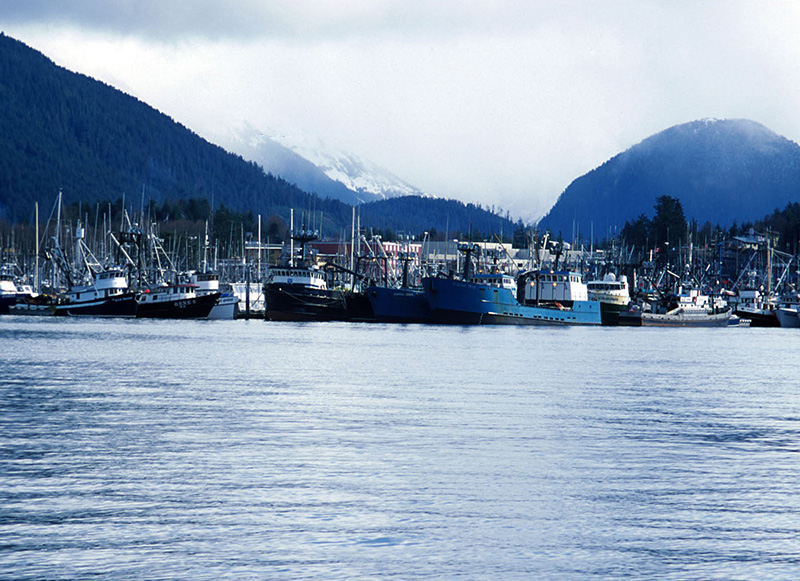Numerous studies over the past decade have highlighted Alaska’s “graying of the fleet” (the average age of permit holders is 50), and the lack of opportunities for younger people to launch a career in commercial fishing.
State data show that between 1975 and 2014, more than 2,300 limited entry permits (nearly 28 percent) migrated away from Alaska’s rural fishing communities to non-residents.
A new measure gaining steam in the Alaska legislature aims to reverse that trend by creating fisheries trusts in which communities could buy permits and lease them to fishermen who otherwise could not afford them.
“It’s good to recognize the problem, but it’s even better to try and do something about it,” said Representative Jonathan Kreiss-Tomkins (D-Sitka) sponsor of the legislation (HB 188).
Under the plan, regional trusts could buy or be gifted a maximum of 2.5 percent of the permits in any given fishery, and lease them for up to six years to fishermen who want to make the transition from deckhand to permit owners. The fishermen must then buy their own permits if they choose to continue in a fishery. The trusts would apply to all limited entry fisheries in Alaska.
At the outset, the trusts would be authorized in up to three Alaska regions that choose to opt in, and must be approved by two-thirds of any municipality. Board members would be recommended by cities and boroughs in each region and appointed by the governor. Unincorporated communities may also be included on the board.
“Just as people often rent before buying a house, fisheries trusts offer an opportunity to run a boat and gain experience before making the six-figure decision to finance a permit and become an independent small business owner,” Kreiss-Tomkins said.
Interested stakeholders, which include Alaska Native groups, state agencies and fishing organizations from Southeast to Nome, have spent more than two and a half years developing the idea.
“We are continuing to craft and refine the model in terms of legality and policy,” Kreiss-Tomkins said, adding that the level of interest is very region specific.
“Some are very bullish about the opportunity, some are not. That’s totally fine,” he said. “We expect some will watch and see how it goes, and then make a decision once they have more information.”
The measure is scheduled for hearings during the current extended legislative session although it is not expected to be put to a vote.
“We are taking it slow and steady,” Kreiss-Tomkins said. “In the interim, we are hoping to grow the conversation with fishing communities, economic development advocates and other stakeholders who would benefit from this tool in their tool box. Then we will be ready to revisit it next year.”







